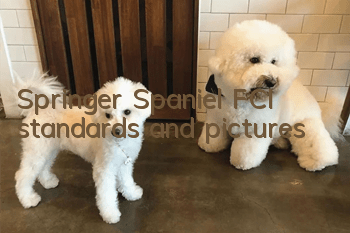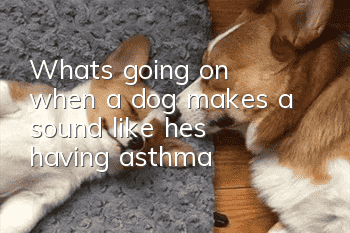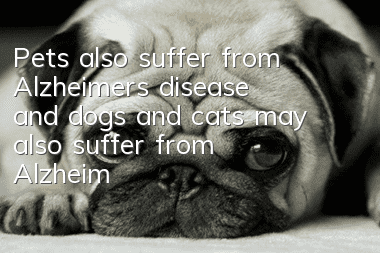Springer Spaniel FCI standards and pictures

The English Springer Spaniel is stylish, well-proportioned, smooth and enthusiastic. It is a thorough sporting dog with obvious characteristics of a snipe hunting dog, combining beauty and utility. It is friendly, cheerful, brave and cautious. At home, he is very affectionate towards his master, has a good temperament, is loyal, easy to train and willing to obey. These characteristics make it docile, which is important for hunters to control it during hunting. There is a tendency to be overweight, so care should be taken when raising them.
FCI number: 125
FCI Group: Group 8: Retrievers, Search Dogs and Water Spaniels
Height: Male English Springer Spaniel is 18.9-20.9 inches (48.0-53.0 cm) tall at the shoulder, female English Springer Spaniel is 18.1-20.1 inches (46.0-51.0 cm) tall at the shoulder.
Weight range: Male British Springer Spaniel weighs 44.1-55.1 pounds (20.0-25.0 kg), female British Springer Spaniel weighs 39.7-50.7 pounds (18.0-23.0 kg)
Head (head, face, eyes, ears, nose, mouth, muzzle, jaw, teeth)
Skull: Medium in length, of considerable width, slightly rounded, with a slightly protruding front face, the groove between the eyes separating the eyebrows or stop, the forehead gradually fading towards the occipital bone, which should not be too obvious. Nose: Nostrils well developed. Muzzle: The length of the front face is moderate in proportion to the skull, broad and deep, with clear outline below the eyes. Lips: Fairly deep and square. Jaws/Teeth: The teeth are strong and have a perfect, regular and thorough scissors bite, that is, the upper teeth touch the lower teeth tightly and are square to the jaw. Eyes: Medium size. Almond-shaped, neither protruding nor sunken, well positioned (no nictitating membrane visible), alert, with benevolent expression. Dark brown, light eye color undesirable. Ears: The blades are small, of good length and width, set very close to the head and in line with the eyes. Has beautiful feathering.
Trunk (neck, chest, ribs, waist and back, front of body, skin)
Neck: Moderate in length and muscular. No guttural voice, slightly arched, tapering towards the head. Body: Strong, neither too long nor too short. Loin: Muscles strong, slightly arched, muscles close together. Chest: Deep and well developed. Naturally expanded ribs.
Limbs (forehead, shoulders, upper limbs, pastern joints, pasterns, soles of feet, hindquarters, thighs, hocks, joints and hock nails)
Forequarters: The front legs are upright and have sufficient bone. Shoulders: Moderately set, slightly sloped. Elbows: Well integrated into the body. Pasterns: Powerful and flexible. Hindquarters: The hind legs are naturally relaxed. Thighs: Broad, muscular and well developed. Knees: Moderately bent. Hocks: Thick hocks are not acceptable. Feet: Close, round, with strong, plump pads.
Tail
Tail: passTail docking is often required. The docked tail hangs low, never higher than the back. It is well-coated and can move happily. The undocked tail hangs low, never higher than the back. It is well-coated and can move happily. Balanced with the rest of the dog's body.
Gait/movement
Has its own unique gait. The front legs swing straight forward from the shoulders, and the feet move forward easily. The hocks run naturally under the body, in line with the forelegs. This dog has a distinctive stride when moving slowly.
Disqualification conditions
Faults: Any deviation from the above points will be considered a fault, and any dog that is obviously abnormal in body or behavior will be disqualified.
- How to know if your dog has a fever? What are the characteristics of a dog’s fever?
- How to train a dog to see? Dog training tips!
- What to pay attention to when a female dog is in heat
- How to train a Cocker Spaniel? How many months does it take to start training a Cocker Spaniel?
- What are the key points for raising Akita dogs?
- What infectious diseases are dogs most susceptible to?
- It is said that "you will be full if you are full". What will happen if you are full?
- What to do if the Chinese Garden Dog loses hair
- Precautions for bathing pet dogs
- How much does a Shiba Inu generally cost? What are the factors that affect the price of a Shiba Inu?



